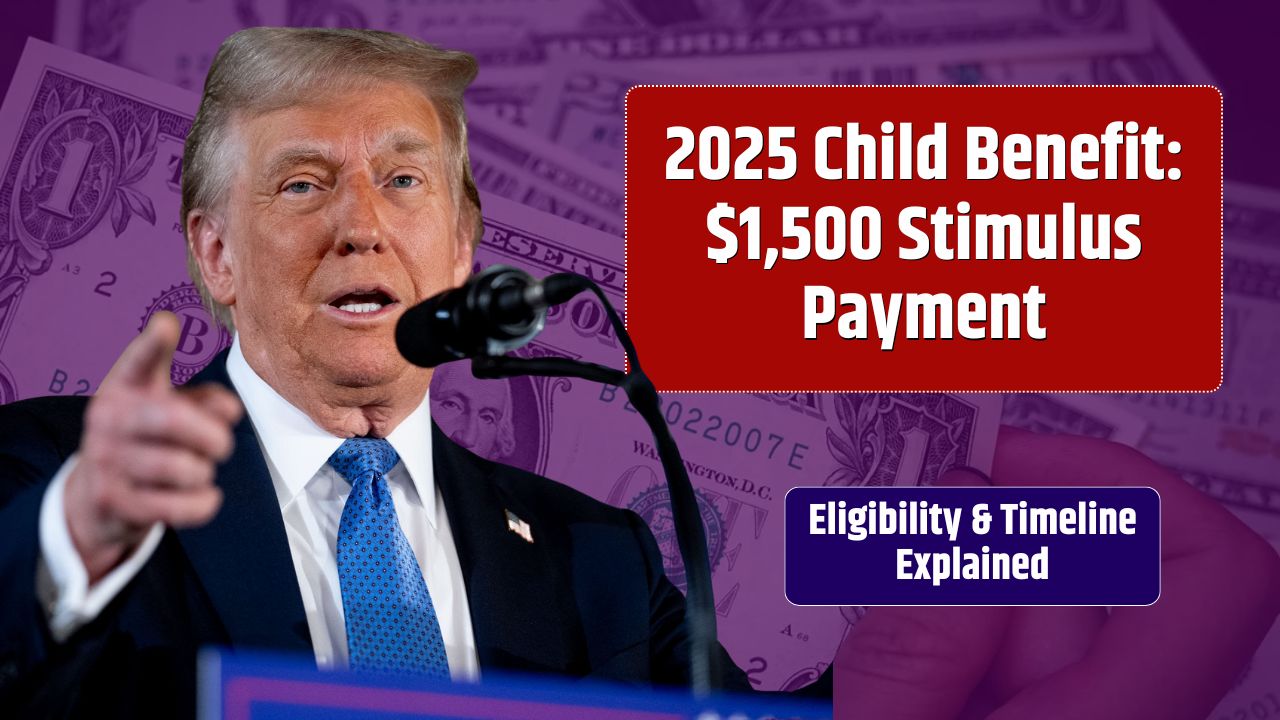Thousands of Americans are eagerly awaiting a $3,000 tax refund from the IRS, with payments scheduled to go out in August 2025.
While the refund has sparked a wave of online attention and confusion, here’s what’s really happening—and how eligible taxpayers can check their payment status and ensure they receive their money on time.
Table of Contents
What Is the $3,000 IRS Tax Refund?
The $3,000 refund includes a combination of eligible tax credits, such as the Earned Income Tax Credit (EITC) and Child Tax Credit (CTC), as part of regular tax refunds for the 2024 tax year. This payment is not a new stimulus or special relief program—rather, it’s a standard tax refund being processed by the IRS for qualifying individuals.
This amount applies to eligible taxpayers who:
- Filed their 2024 federal income tax return
- Claimed refundable tax credits like the EITC and/or CTC
- Submitted their return between May 1 and May 31, 2025
Who Is Eligible?
You may qualify for the $3,000 refund if:
- You filed a tax return on time (especially in May 2025)
- Your return included refundable tax credits
- You meet income and eligibility criteria for the EITC or CTC
- Your tax return is error-free and properly processed
If you filed after the April deadline but before May 31, you are still eligible as long as you submitted your return within the IRS extension period or resolved any filing issues promptly.
How Will You Receive the Payment?
The IRS issues tax refunds through two main methods:
| Method | Delivery Time |
|---|---|
| Direct Deposit | Fastest—within a few weeks |
| Paper Check | Slower—may take longer to arrive via mail |
Important Note:
If you opted for direct deposit and submitted your return electronically (e-filing), you’re likely to receive your payment faster. Paper filing, on the other hand, often leads to manual processing delays.
Why Is August 2025 Important?
Although the refund process began in July, most taxpayers who filed in May 2025 can expect to receive their payment in August, as the IRS continues to process returns in batches. The timeline depends on:
- How you filed (paper vs. e-file)
- When you filed (early May vs. late May)
- Whether your return included errors or required verification
How to Check Your Refund Status
To track your refund, use the IRS “Where’s My Refund?” tool:
What You’ll Need:
- Social Security Number (SSN)
- Filing Status (e.g., single, married filing jointly)
- Exact refund amount
Visit: https://www.irs.gov/refunds
The tool provides real-time updates on:
- Return received
- Refund approved
- Refund sent
What If Your Refund Is Delayed?
If you haven’t received your refund by the end of August, here’s what to do:
- Double-check your bank details or mailing address
- Log in to the IRS tool to check for errors or holds
- Call the IRS if the refund is delayed beyond the standard 21 days (for e-filers) or 6–8 weeks (for paper filers)
The IRS Direct File Program
For those with simple tax situations, the new Direct File program launched by the IRS offers a free, fast, and secure way to file taxes directly through the IRS—without third-party platforms. This can speed up your return and reduce filing errors that delay your refund.
Summary Table: Key Details
| Topic | Details |
|---|---|
| Refund Amount | Up to $3,000 (includes EITC & CTC) |
| Tax Year | 2024 |
| Payment Window | Mainly in August 2025 |
| Eligible Filers | Those who filed between May 1–31, 2025 |
| Delivery Method | Direct Deposit or Paper Check |
| Check Status | Use Where’s My Refund? tool |
FAQs
Is this a new IRS stimulus payment?
No. It’s a standard tax refund for those who filed and qualified in 2025.
Who gets the $3,000 refund?
Eligible taxpayers who filed in May 2025 and claimed EITC/CTC credits.
How will I receive my refund?
By direct deposit or paper check—depending on what you selected when filing.





















